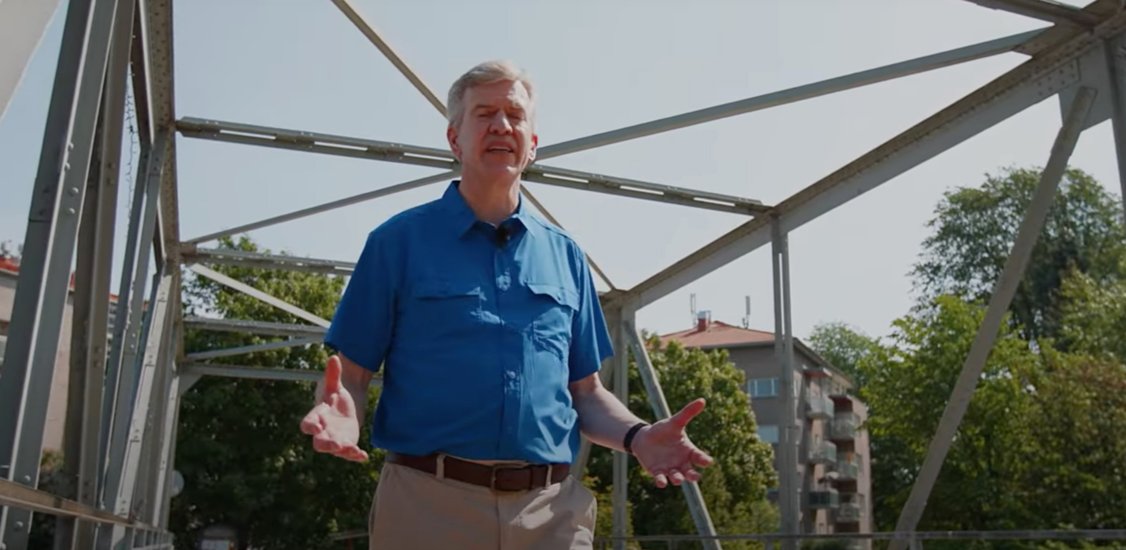The 5G cloud packet core provides communications service providers (CSPs) with the performance, reliability and flexibility they need to support differing business needs. Whether minimizing their operational costs or growing revenue with innovative services, Nokia cloud packet core offers multiple options.
Let’s look at three examples that many CSPs are prioritizing today – reducing network energy use, delivering innovative enterprise services and simplifying operations.
Improve network energy efficiency
A topic never far from the top of the CSP to-do list, reducing energy use in networks not only saves money in the face of rapidly rising electricity costs, but helps to meet carbon emissions commitments.
Nokia 5G cloud packet core includes advanced energy efficiency hardware and software features.
On the hardware side, energy efficiency is boosted by the latest chipset technology combined with power management techniques for up to 43 per cent CPU power savings. Power savings can be pushed even higher by the flexible use of P-state and C-state CPU modes, while power controller profiles enable applications to switch Kubernetes nodes between high-performance or power-saving profiles as needed to reduce energy use during low traffic periods.
Software also makes an important energy-saving contribution. Nokia applies Artificial Intelligence and Machine Learning to enable its cloud packet core to learn and predict network patterns to improve processes such as network optimization, demand prediction and overload prevention, saving energy used by the processing units.
Find out more about these technologies in my video, which you can watch here.
Win revenue from enterprises needing remote Ethernet access
Many CSPs offer Fixed Wireless Access (FWA) using 4G or 5G to connect homes in underserved areas to the internet, generating important revenue.
However, while this allows consumers to enjoy gaming, TV streaming and other activities, the technology doesn’t always meet the needs of enterprises. That’s because conventional FWA lacks the Ethernet connectivity needed to support capabilities such as remote-controlled machinery and specialized surveillance systems without going over the open internet.
To solve the issue, Nokia cloud packet core adds Ethernet over FWA. It does this with Ethernet Protocol Data Units, or PDUs, which allow 5G networks to establish Ethernet connections between endpoints.
Enterprises can enjoy efficient Ethernet connectivity across all their sites for seamless integration of systems. They also gain access to advanced 5G capabilities such as Ultra Reliable Low Latency Connection (uRLLC) and Slicing to run new services enabled only by 5G – think Enhanced Mobile Broadband, remote controlled machinery and even connected vehicles.
This is a great way for CSPs to monetize their 5G investments, as I explain in my video that you can watch here.
Match network performance and costs to any need
Talking with CSPs, it’s clear they want flexibility when choosing their network architecture. All networks are different – from large, centralized cloud networks that serve metropolitan areas, to networks with smaller deployments near the edge to serve a variety of demands.
Nokia cloud packet core uses integrated hardware-software appliances to meet all these needs. Appliances are factory-integrated, container-based solutions that can be deployed quickly. They provide adaptability to enhance network performance and optimize costs, for example by lowering transmission costs and reducing latency.
Appliances can be used on the Control Plane and the User Plane to reduce footprint and power consumption. Their simplicity, supported by automation, is a further benefit – when extra capacity is needed, the CSP can easily and quickly deploy an additional appliance.
I describe the magic of appliances in more detail in my video, which you can watch here.



















